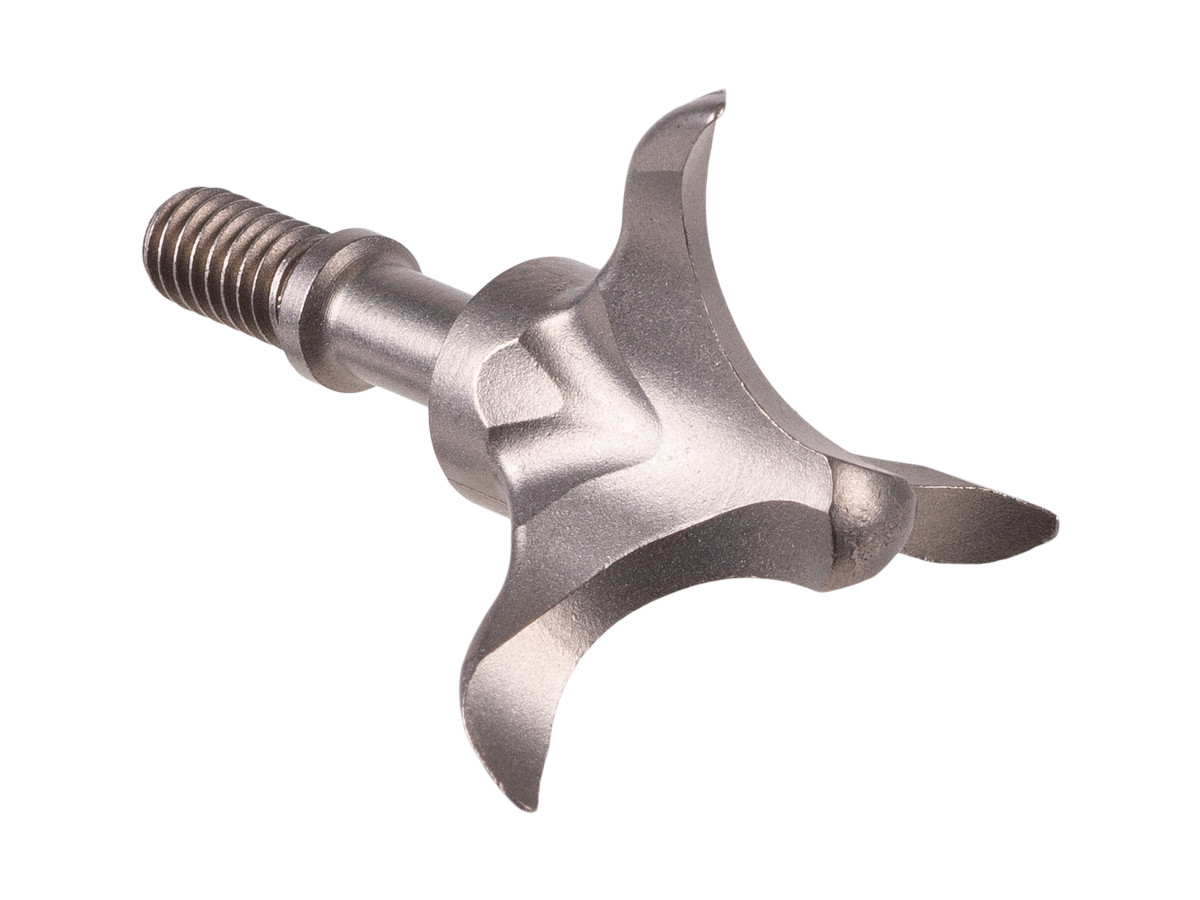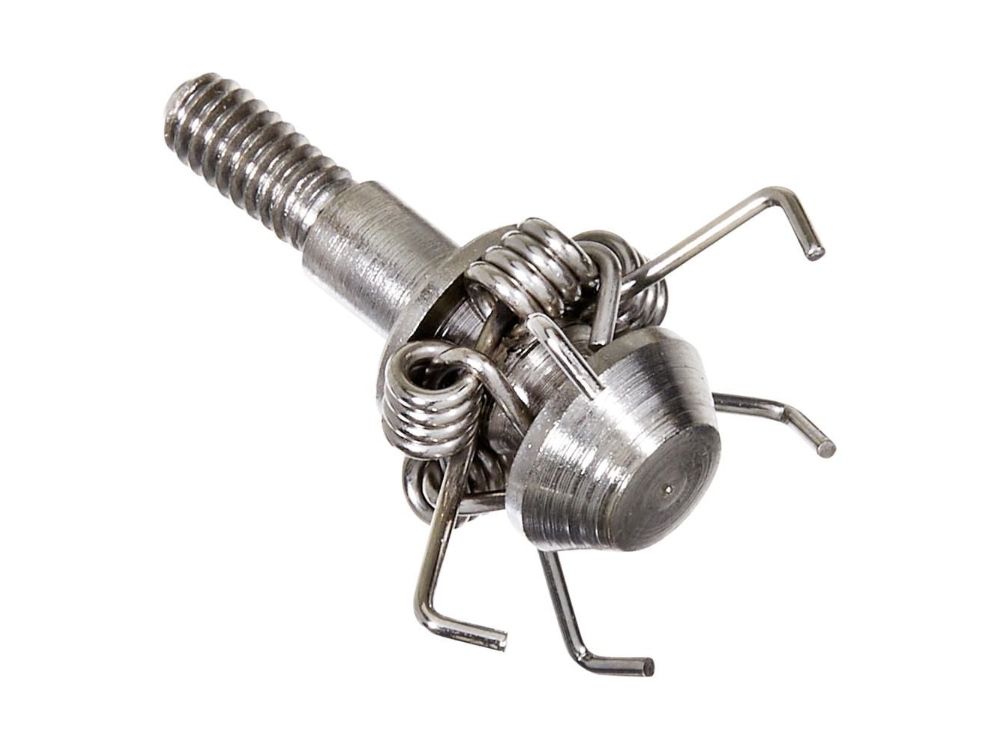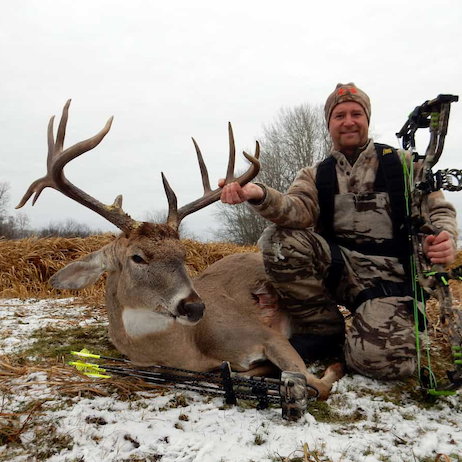For year-round practice, hone your archery skills bowhunting small game. From varmints to upland birds, where regulations allow, smaller critters offer a world of practice opportunity, and during open seasons upland bird game provide a truly unique hunting experience. Regardless of the target species, consider your equipment and most importantly, be an opportunist.
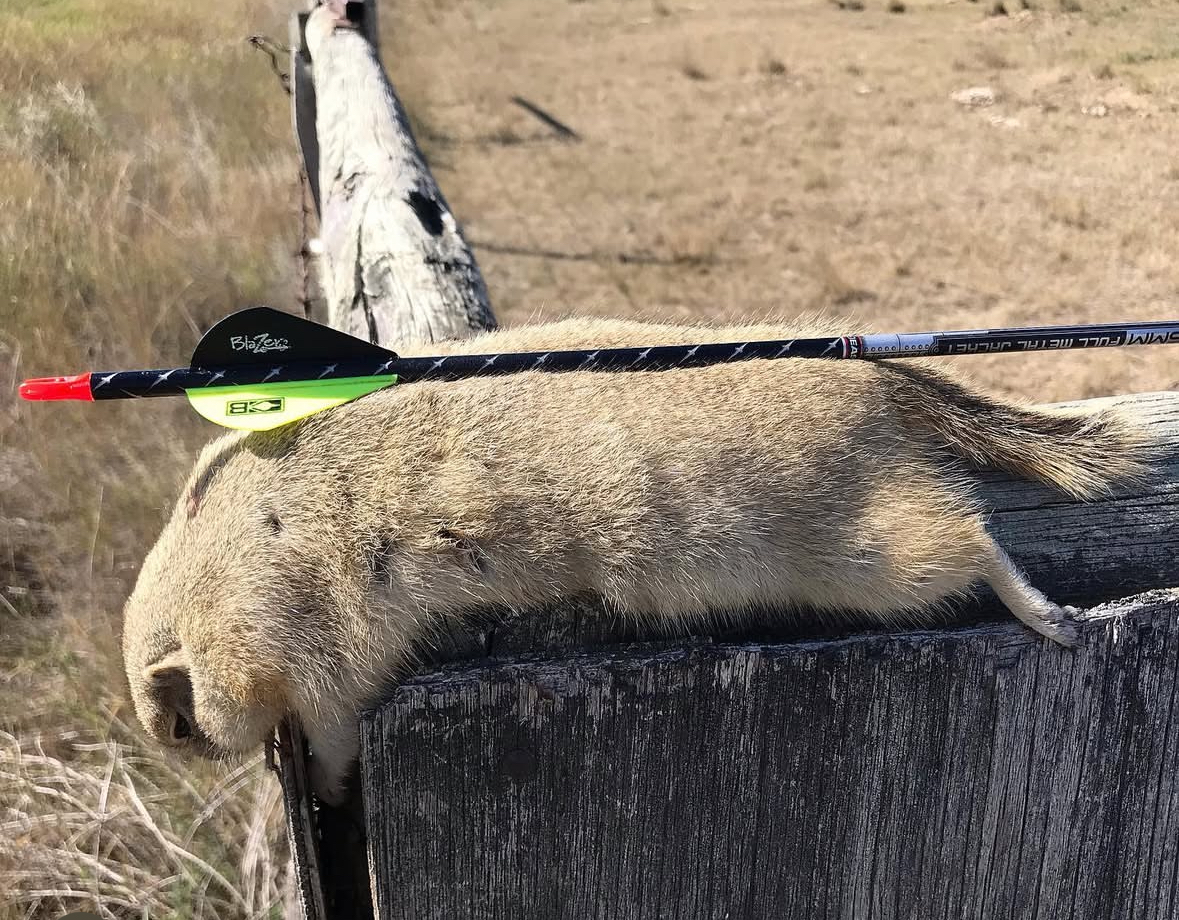
MULTI-SPECIES OPPORTUNITY
From raccoons to coyotes, rabbits, gophers and prairie dogs, crows, upland birds like grouse and pheasants, and even turkeys – small game species give bowhunters a world of shooting opportunity. Smaller targets, many of them move fast, requiring archers to aim and release quickly.
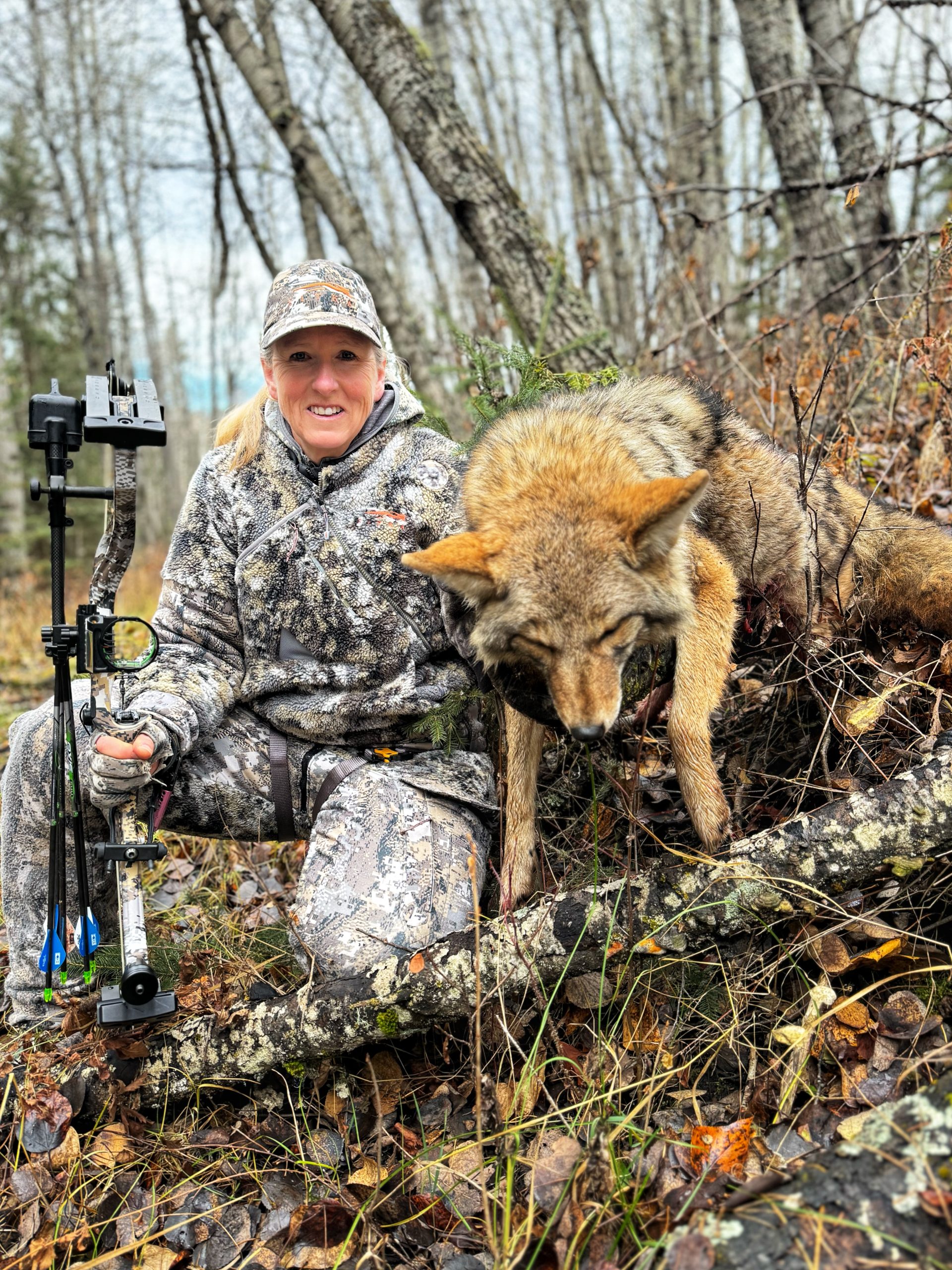
BOWS, ARROWS & TIPS
For raccoons and coyotes, your familiar deer hunting bows, arrows and broadheads will suffice. Whether its two, three, or four-blade doesn’t really matter – but sharpness and shot-placement does. Prey distress calls can work well, but a good many of these nuisance animals are shot each year by opportunistic bowhunters sitting motionless in their stands or blinds.
Gophers, prairie dogs and badgers are among my favourite small game targets. With the Spring thaw, as soon as the snow melts, these varmints begin to venture out of their ground cover. Poking their heads out of burrows, it’s often a game of patience as you wait for them to expose themselves for a shot opportunity. Close or far, this type of small game bowhunting can be a game of half-inches. Badgers are tough animals, so you’re better off to use that same deer hunting broadhead, for gophers and prairie dogs, it’s a lot more economical to employ a specialized small game head; something like a G5 Small Game Head (S.G.H.), Zwickey Judo tip or a Titan Ninja Small Game Point can work well.
For bowhunting upland birds on the ground, just about any hunting arrow will suffice, but if you plan to shoot them in flight, you may want to specialize your equipment. Having the ability to slow down your arrows to accomplish a shorter distance of travel, will make recovery that much easier. This can be done by shooting Flu Flus. Essentially, these are arrows fletched with larger diameter, typically 4” wide feathers. Basically, Flu Flus come out of your bow at full force, but the tall feathers create more drag, slowing it down quickly. From a compound bow, they may fly as far as 80 yards before slowing down. My personal favourite all around Flu Flus, are the 5/16” diameter Easton Traditional Only carbon shafts (600 spine) with four fletch. TrueFlight also makes Spiral Wrap Flu-Flu Feathers that, by description, look a lot like a sparse toilet brush. Their thinner quills make it easier to wrap and build a functional Flu-Flu arrow.
Both compound and traditional bows work fine for upland birds, but the arrows, fletching and tips you choose should be specific to the type of bird hunting you plan to do. For birds on the ground, any standard fletched hunting arrow will suffice. My favourite hunting tip for shooting upland birds on the ground is a 100-grain G5 Small Game Head (S.G.H.), but similarly a 100-grain screw-in Zwickey Judo tip or an Allen 100-grain Titan Ninja Small Game Archery Point can get the job done as well. Judo tips have small-diameter spring-loaded arms to inflict damage, but they also serve to snag grass and dirt to stop the arrow abruptly. Other options include variations of a rubber blunt tip like the Bludgeon Screw-In Blunt for carbon arrows.
Some bowhunters who target pheasant or other upland species on the fly, will opt to use a larger diameter tip like the Snaro Screw-In Bird Point. The four-hoop design has a large surface area to increase your odds of success by tangling up on a bird’s wings to bring them to the ground. Its flat nose blunt delivers a killing shock. Created for use with all carbon and aluminum arrows, they are available in 3” wingspan (250 grains), and 6″ (300 grains).
HUNT STRATEGY
Hunting strategy for small game varies, but stealth is still the name of the game. Small game like snowshoe hare or porcupine, might be more stationary – but remember that if the game you’re bowhunting is very small or it flies, they are likely considered prey species and that means they’re always on the lookout for predators. As a bowhunter, you are a predator; know that most of them are masters at escaping danger.
I once saw a badger disappear under a cattle gate. Sneaking in, I crouched next to a fence post 20 yards downwind. After a 20-minute wait, the badger slowly peaked up through the bars. With only his forehead and eyes exposed, I drew, aimed, and released. The badger was so alert, that it jumped my string, narrowly but most assuredly completely evading my arrow. In contrast, bowhunting a species like ruffed grouse for instance, on the ground, isn’t technical but it requires the ability to recognize when you’ve moved in close enough for the shot, but not so close that you flush the bird. Like most other small game, if they’re not pressured, a 20-to-30-yard shot is likely a reasonable expectation.
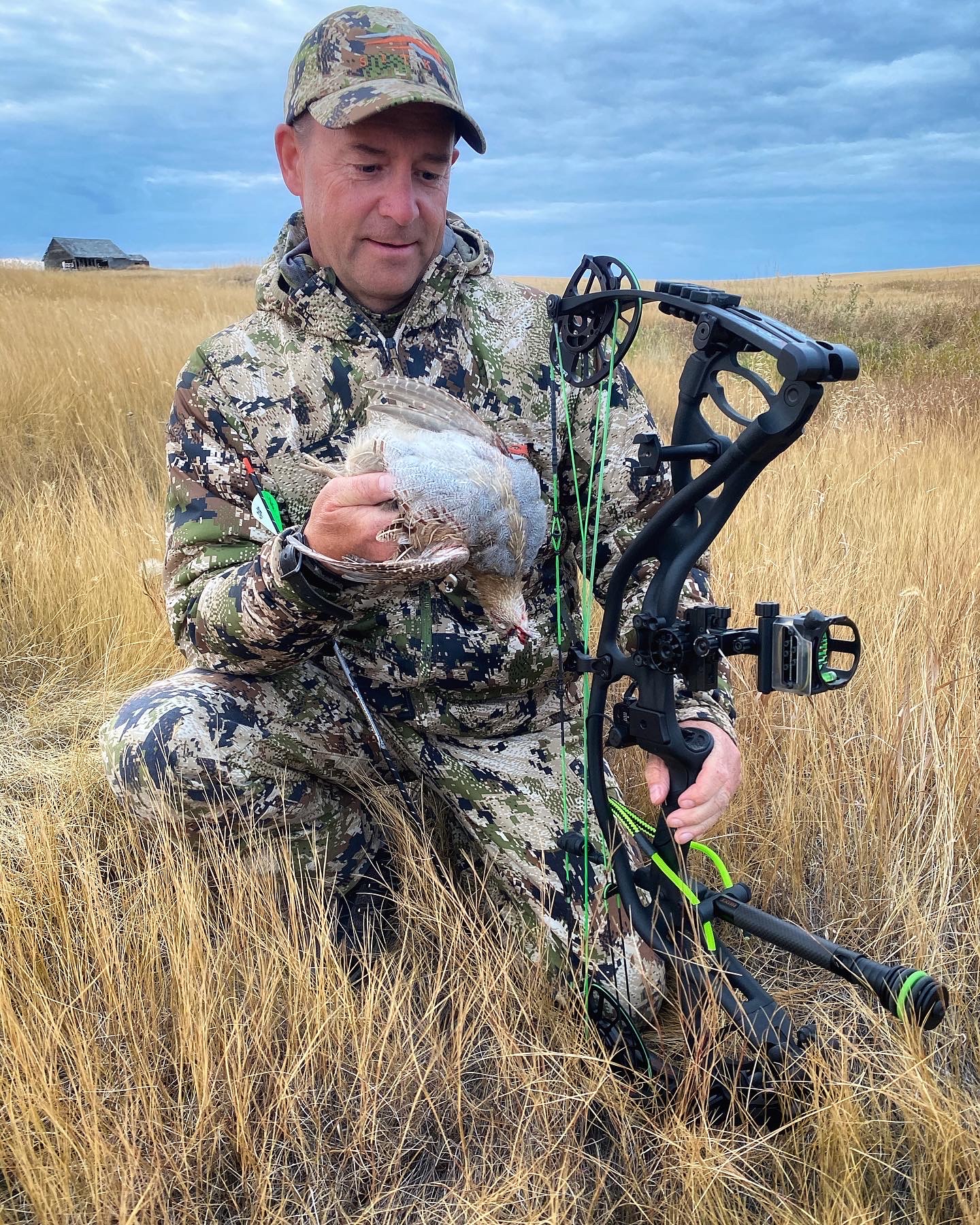
Shooting birds in the air, however, is a whole different game. If you’re shooting a compound bow, you’ll want to draw and ready yourself for the flush. With a traditional bow, it really depends on your shooting style. Instinctive shooters tend to find shooting moving targets easier. Like shotgunning, it’s about learning how much to lead the bird, the amount of delay in aiming and releasing, and accommodating for arrow speed. It can be frustrating to learn, but through repetition it becomes easier. Practice a lot before you hunt. From a safe spot, have a friend stand 20 yards away – off to the side, and toss a foam target up in the air to simulate a flushing bird. Eventually, you’ll sort out the timing, aiming and lead to make the shot.
If you’ve never taken time to bowhunt small game, it’s time you did!

